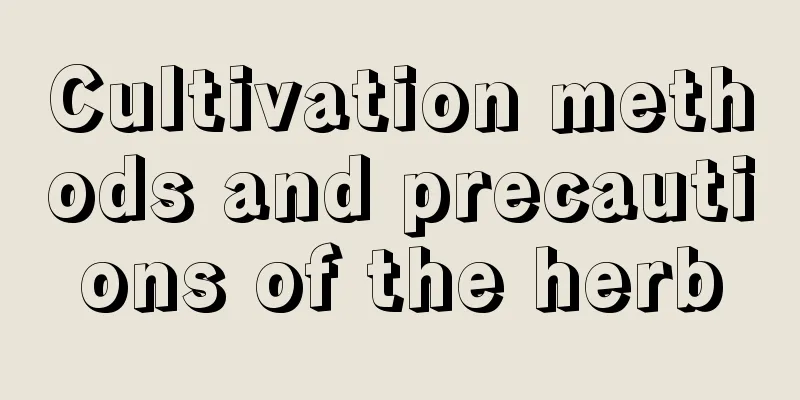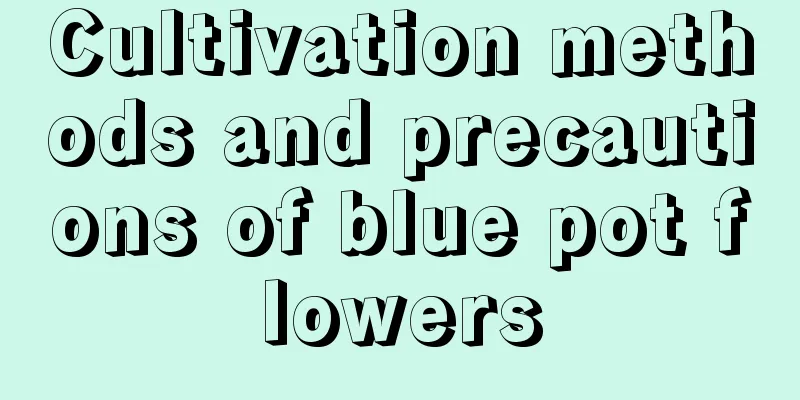Causes and treatments for yellow leaves of purple pearl

1. Lighting IssuesReason: Purple pearls have a relatively high demand for light. If there is insufficient light, the color of its leaves will not be bright, which will affect its ornamental value, and it may even die due to the obstruction of photosynthesis. The leaves cannot synthesize nutrients, their growth is stunted and they turn yellow. Solution: If conditions permit, try to keep the purple pearl in sunlight for more than 4 hours a day. The more light there is and the greater the temperature difference between day and night, the brighter the color of the purple pearl leaves will be. But be careful not to expose it to the scorching sun. 2. Watering ProblemsReason: The water content inside the purple pearl plant is very high. At the same time, it likes a dry and ventilated environment, cannot adapt to a moist and humid growing environment, and is not tolerant to waterlogging and is afraid of waterlogging. Excessive watering can cause the leaves to turn yellow or even rot. Solution: Watering must be properly controlled. Pay attention to the growth status of the purple pearl. If it is short of water, water it in time, control the amount, and not too thoroughly. In addition, in order to reduce the occurrence of this situation, it is best to choose a container with drainage holes at the bottom for breeding. 3. Temperature ProblemReason: The suitable temperature for purple pearls is between 15-25℃ and cannot be as low as 5℃. If the temperature is below 5℃, it will stop growing or suffer mild frostbite. If the temperature is above 35℃, it will stop growing. Unsuitable temperatures can also cause its leaves to turn yellow. Solution: Temporarily reduce or stop watering, and resume watering frequency when the temperature is suitable. Pay attention to ventilation during the high temperatures in summer, keep the indoor temperature within the range suitable for the survival of the plant, and place the plant in a semi-shaded place and wait for it to recover. 4. Fertilization issuesReason: It is a fertilizer-loving plant, and insufficient fertilization can also cause poor leaf development. Do not apply too much fertilizer, especially nitrogen fertilizer, which will cause the leaves to not turn red. If the leaves do not absorb enough nutrients, the color will not be bright, and they may even turn yellow. Treatment method: Purple Pearl needs a lot of nutrients during its growth period, and generally needs to be fertilized once every 20 days. During the summer when growth is slow and nutrient demands are reduced, try to reduce the frequency of fertilization. |
<<: Causes and treatments of yellow leaves of purple cashmere
>>: The causes and treatment methods of purple moon yellow leaves
Recommend
How to distinguish between the succulent plants Purple Pearl and First Love
Similarities between Purple Pearl and First Love ...
The difference between Xianfeng grass and Bidens pilosa
1. Differences in stems Xianfeng grass is an annu...
Can Tiger Pilan be hydroponically cultivated?
1. Can it be hydroponically grown? Sansevieria ha...
How to plant mountain tortoise
1. Prepare the flower pot Before planting the mou...
Butterfly flower disease and insect pest control methods
Common diseases Bacterial soft rot symptom It is ...
How to grow jasmine in spring
1. Repotting in late spring Because jasmine likes...
What is the disease of black spots on orchid leaves
1. What is the disease Black spots on orchid leav...
Why do the leaves of Phlox turn yellow and fall off?
1. Lack of light Reason: The philadelphus itself ...
What is the flower language of the magnolia and who should it be given to?
1. Flower Language The flower language of magnoli...
Why does Bougainvillea grow many leaves but not bloom (it only grows leaves and grows taller)?
First, sufficient light can promote flowering Bou...
How to prune garlic vine after flowering and how to propagate it
1. How to prune after flowering 1. Prepare tools:...
What is the flower language of Begonia?
1. Origin of the name A long time ago, there was ...
An old lady grows green radish and drinks a bowl of vegetable water every 7 days. If she is not careful, it will grow to 2 meters!
When the vegetables are watered, green leaves spr...
The language and legend of primrose
Flower Language The first one is "first love...
The difference between stone lotus and snow lotus
1. Leaf Difference The basal leaves of Echeveria ...









